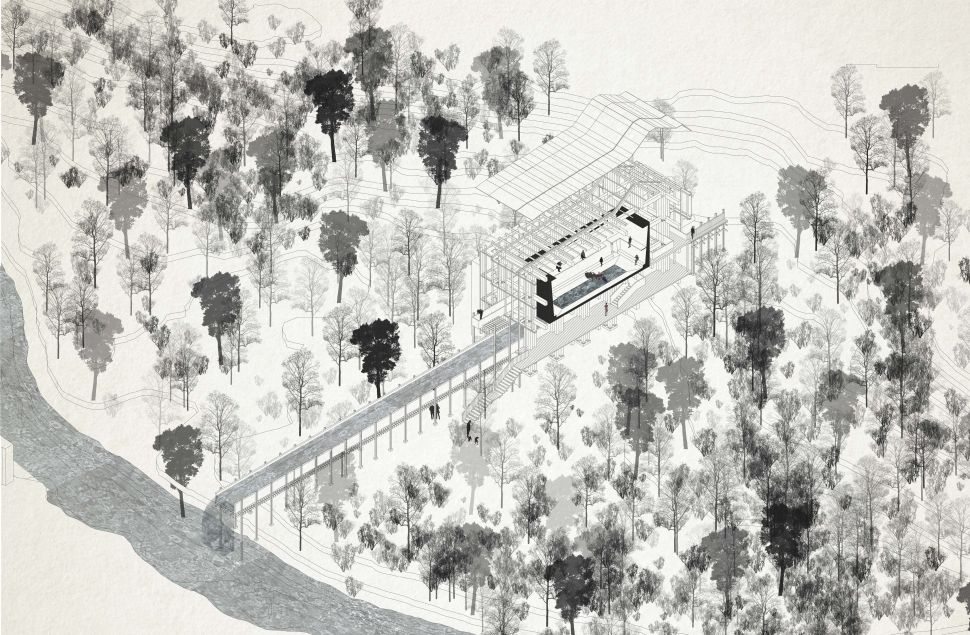This atelier proposed a site and a series of provocations, but did not prescribe a brief or a method. Students in Flux were invited to investigate new ways of practicing architecture and to then develop designs that respond to real-world problems as they encountered them. The primary challenge was to investigate an architecture that could bring about a state of change. The site is the Lower Irk Valley, one of the most challenging post-industrial landscapes in Manchester that, despite flowing into the city centre, stubbornly resists regeneration. Based on matters of care developed by each student, individuals developed their own ways of working. These practices grew out of a deep and sustained engagement with the site over the course of six weeks. Each Flux student developed proposals for transforming the land along the River Irk. These grew out of the relationships formed with the people they met along the way and ‘Irk Town’, as they experienced it.
In studio 3.1 each student was asked to develop a series of proposals that could initiate a state of change across the whole valley and reawaken this blind spot in the Mancunian imagination. The focus here was an architecture of the immediate future to help bring the site back to life. In studio 3.2, students were challenged to delve deeper into one part of the site and conduct research through design. The aim was to produce an architecture that could now effect a state of change over several decades. A proposal that could establish a new identity for the people of Manchester and the area that grows out of society and place.
Flux students undertook self-directed field trips to inform their projects ranging from tours through Glasgow underpasses and seeing Middlesborough through fresh eyes in the UK to pilgrimages to Peter Latz’ Landschaftpark & Raumlabor’s ’Floating University’, Berlin, Germany, Luchtsingel & Buiksloterham post-industrial transformations in Rotterdam & Amsterdam and a Brodsky installation in Moscow.


